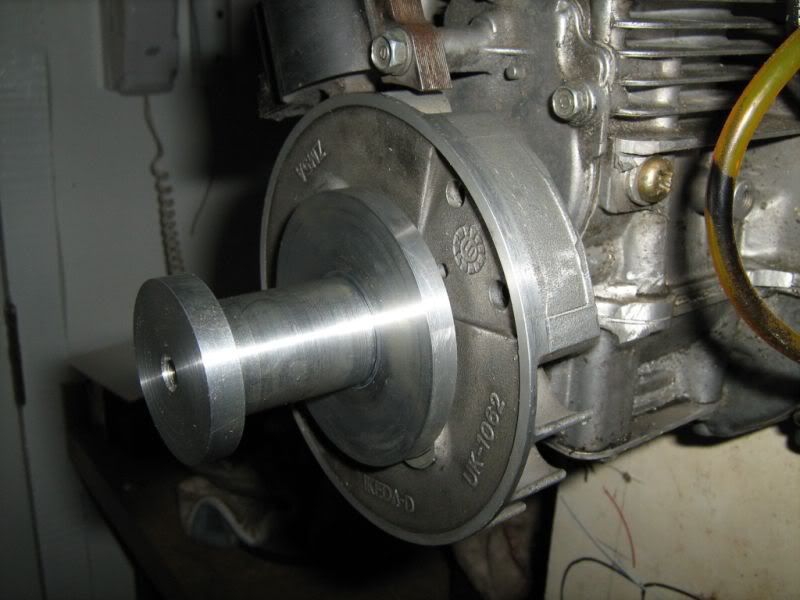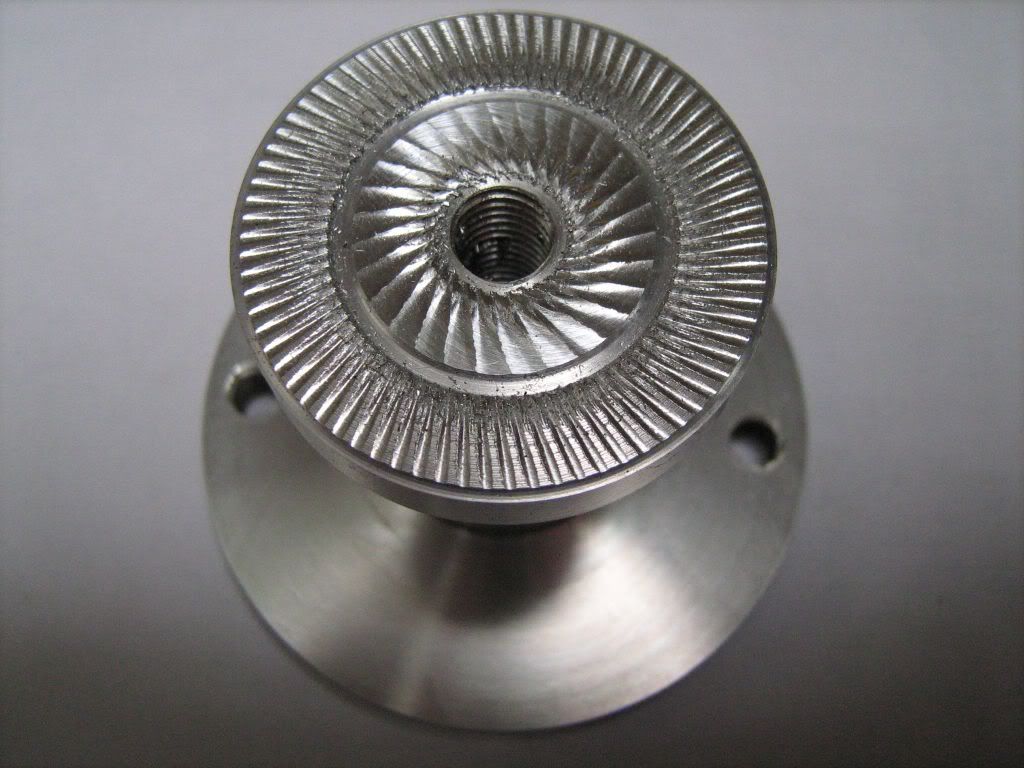I want to help a friend out by machining an alloy prop driver for an engine conversion he is doing.
He has produced a drawing but I can't work out the best way of going about it. The large dia with a small 2mm boss fits against the flywheel. If I start with that end it only has the 5mm to then chuck and finish the other end which to me doesn't seem like enough to hold considering the length left to turn. The other way round isn't much better so I am stuck as to know how to proceed.
Peter ???
View attachment Prop Driver.doc
He has produced a drawing but I can't work out the best way of going about it. The large dia with a small 2mm boss fits against the flywheel. If I start with that end it only has the 5mm to then chuck and finish the other end which to me doesn't seem like enough to hold considering the length left to turn. The other way round isn't much better so I am stuck as to know how to proceed.
Peter ???
View attachment Prop Driver.doc






